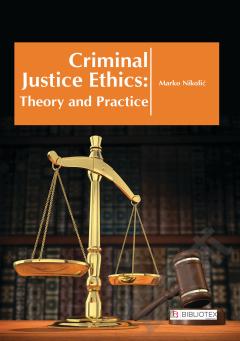Informed Consent: Procedures, Ethics and Best Practices
Informed consent is in an unsettled state in both bioethics and the law. The central problem in both fields is the absence of a clear, general formulation that supports the kind of information a patient needs in order to make an informed decision. In this book, the absence of a clear, general formulation is the problem chapter one seeks to solve by presenting a theory of informed consent. The following chapter provides a history of translation and interpretation of informed consent in Japan. Chapter three examines a trend in high court decision making in the United States, Canada, Australia, and the United Kingdom away from a professional standard of disclosure in consent and informed consent to a standard based on what a reasonable person in the patient’s position would want in consent and informed consent. Chapter four focuses on the lack of data about safety and effectiveness, and the research, logistical and legal goals of obtaining consent often conflict with the public health goals of evidence-based shared decision-making. Chapter five examines informed consent issues in the context of a community collaborative model of service delivery that uses a public health approach. Chapter six provides insight into a novel way to overcome some of these risks when seeking and obtaining informed consent in clinical trials and research. The final chapter evaluates the effect of informed consent format on preoperative anxiety of patients.
{{comment.content}}








 京公网安备 11010802027623号
京公网安备 11010802027623号